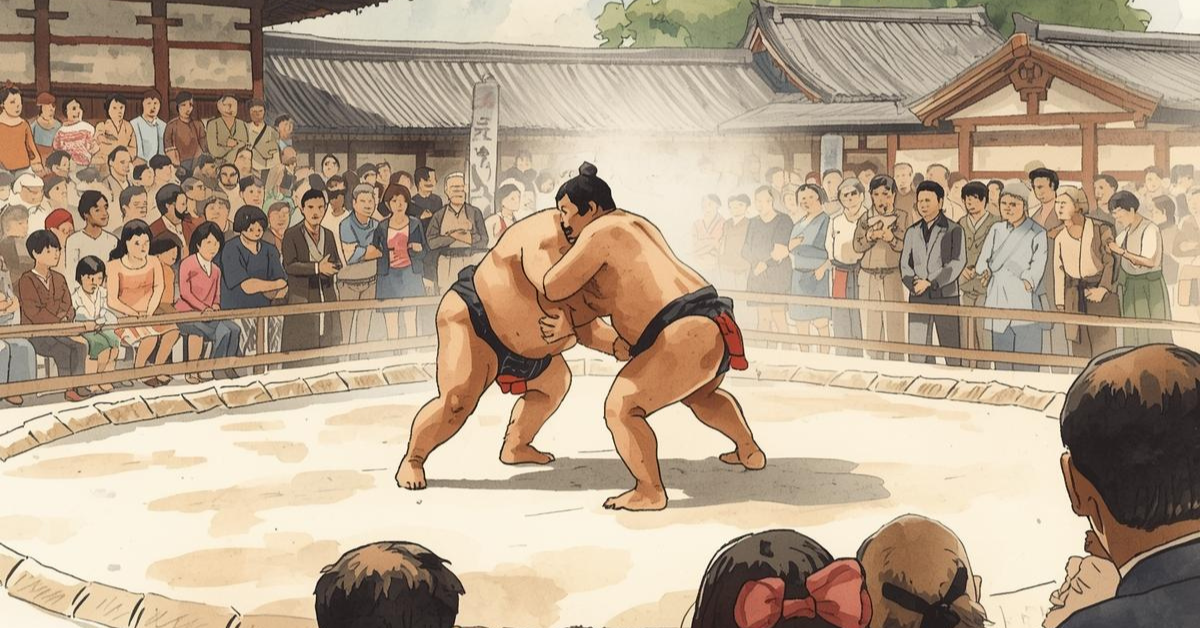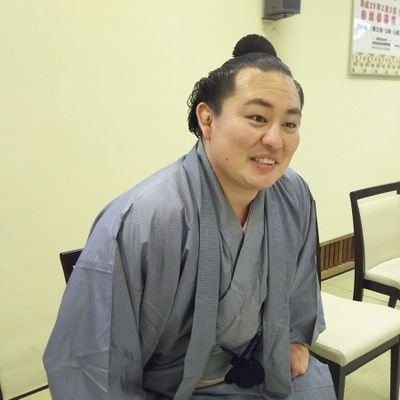Jungyo is a series of local sumo tours held between official tournaments. During these events, wrestlers demonstrate their skills, discipline, and the spirit of sumo while interacting closely with fans across Japan. For local audiences, Jungyo offers a rare chance to witness the beauty and power of this traditional sport in person.
What Is Jungyo
Jungyo is a series of local exhibition tours where sumo wrestlers travel across Japan between official tournaments. Organized by the Japan Sumo Association, these events are typically held in spring, summer, autumn, and winter. They take place in local arenas or gymnasiums, featuring ring-entering ceremonies, practice demonstrations, bouts, and fan interactions.
The purpose of Jungyo is to promote sumo culture and strengthen community bonds. By visiting local areas, wrestlers help deepen people’s understanding of sumo while spreading appreciation for this ancient tradition.
| Category | Details |
|---|---|
| Season | Between official tournaments (spring, summer, autumn, winter) |
| Organizer | Japan Sumo Association |
| Main Purpose | Fan interaction and cultural promotion |
| Events | Practice sessions, exhibition matches, ring-entering ceremonies, photo sessions |
The Purpose of Jungyo
The primary goal of Jungyo is to bring Japan’s national sport and cultural heritage closer to people throughout the country. For local fans, it’s a rare opportunity to meet top-ranked wrestlers in person. For wrestlers, it provides encouragement and a reminder of the fans’ support.
Jungyo also plays a significant role in revitalizing regional economies. Increased demand for lodging, transportation, and dining benefits local businesses. Many tours are organized with cooperation from local governments and sponsors, turning them into lively community festivals.
Positive Impacts on Local Communities
| Type of Benefit | Description |
|---|---|
| Economic | Boost in accommodation, tourism, and dining industries |
| Educational | School visits teach children about manners and perseverance |
| Cultural | Brings traditional Japanese culture closer to residents |
| Social | Strengthens community ties and local pride |
Wrestlers often visit schools or welfare centers, where they teach children about discipline, respect, and the spirit of sumo. These activities elevate Jungyo beyond an exhibition — it becomes a living classroom for Japanese tradition.
How Jungyo Is Organized
A Jungyo tour can last from a single day to several weeks, visiting multiple cities. Wrestlers travel by bus and perform at different venues, with preparations starting early in the morning. Fans can watch their intense morning practice from close proximity, offering a rare behind-the-scenes look.
| Time | Activity |
|---|---|
| 8:00 | Arrival and preparation |
| 9:00 | Morning practice (open to the public) |
| 11:00 | Children’s sumo and fan events |
| 13:00 | Juryo and Makuuchi bouts |
| 15:30 | Yokozuna ring-entering ceremony and final bouts |
| 16:00 | Closing, handshake events, and photo sessions |
Even though the atmosphere is relaxed, wrestlers remain disciplined and focused. Their dedication and professionalism shine even outside official tournaments.
Highlights of Jungyo
The main attraction of Jungyo is the chance to see the human side of sumo wrestlers. Fans can enjoy smiles, friendly interactions, and even humorous bouts that differ from the tension of official matches. The grand ring-entering ceremony by the Yokozuna is particularly breathtaking.
Close Encounters with Fans
| Event | Description |
|---|---|
| Autograph & Photo Sessions | Meet wrestlers up close |
| Children’s Sumo Experience | Kids challenge wrestlers on the ring |
| Open Training | Watch authentic sumo practice routines |
| Merchandise Booths | Purchase Jungyo-exclusive goods |
Jungyo offers a warm and intimate atmosphere, making it enjoyable for children, seniors, and international visitors alike. Fans feel connected to the wrestlers, and the wrestlers, in turn, feel the passion of their supporters.
Why Jungyo Is Popular Among Foreign Visitors
For many foreign tourists, Jungyo provides an authentic way to experience Japanese culture firsthand. The etiquette, clothing, and rituals of sumo fascinate audiences from around the world. In recent years, organizers have introduced English explanations and multilingual pamphlets, making it easier for visitors to follow along.
| Reason for Popularity | Explanation |
|---|---|
| Cultural Experience | Learn about Japanese etiquette and traditional arts |
| Photogenic Appeal | Wrestlers’ attire and movements reflect Japanese beauty |
| Multilingual Support | English announcements and guides available |
| International Exchange | Connects foreign and Japanese fans |
Many international visitors become interested in the philosophy and history of sumo after attending Jungyo. These tours now serve as cultural bridges, sharing Japan’s spirit with the world.
Differences Between Jungyo and Official Tournaments
Unlike official tournaments, Jungyo focuses on entertainment and fan engagement rather than competition. Wrestlers perform lighthearted matches, sometimes with humor, to make audiences smile. By contrast, official tournaments are solemn events that determine rankings and demand peak performance.
| Comparison | Jungyo | Official Tournament |
|---|---|---|
| Purpose | Fan interaction and cultural outreach | Serious matches determining rankings |
| Atmosphere | Friendly and relaxed | Formal and intense |
| Location | Various regions across Japan | Tokyo, Osaka, Nagoya, Fukuoka |
| Program | Open practice and fan events | Official matches only |
In short, Jungyo is about enjoying sumo together, while official tournaments are about competing with honor. Both are essential to preserving sumo’s cultural depth.
History of Jungyo
The origins of Jungyo trace back to the Edo period, when wrestlers toured local temples and shrines to raise funds for restoration projects. Over time, it evolved into a popular public entertainment event. During the Meiji and Showa eras, it became an organized part of professional sumo.
After World War II, Jungyo helped uplift communities and promote recovery. In modern times, overseas tours — such as those in Hawaii and Los Angeles — have spread sumo’s appeal internationally, fostering cultural exchange between Japan and the world.
| Era | Characteristics of Jungyo |
|---|---|
| Edo Period | Linked to festivals and temple repairs |
| Meiji–Showa | Developed into nationwide entertainment |
| Postwar Era | Contributed to community rebuilding |
| Modern Times | Expanded overseas, promoting cultural diplomacy |
Conclusion
Jungyo represents the heart of sumo — a fusion of tradition, community, and spirit. It connects wrestlers and fans through shared respect and joy. Each region adds its own flavor, and every event leaves lasting memories for those who attend.
Beyond entertainment, Jungyo provides economic, educational, and cultural benefits, while also strengthening Japan’s image worldwide. As it continues to evolve, Jungyo remains a cherished part of Japan’s living tradition — spreading smiles, unity, and the timeless power of sumo





コメント